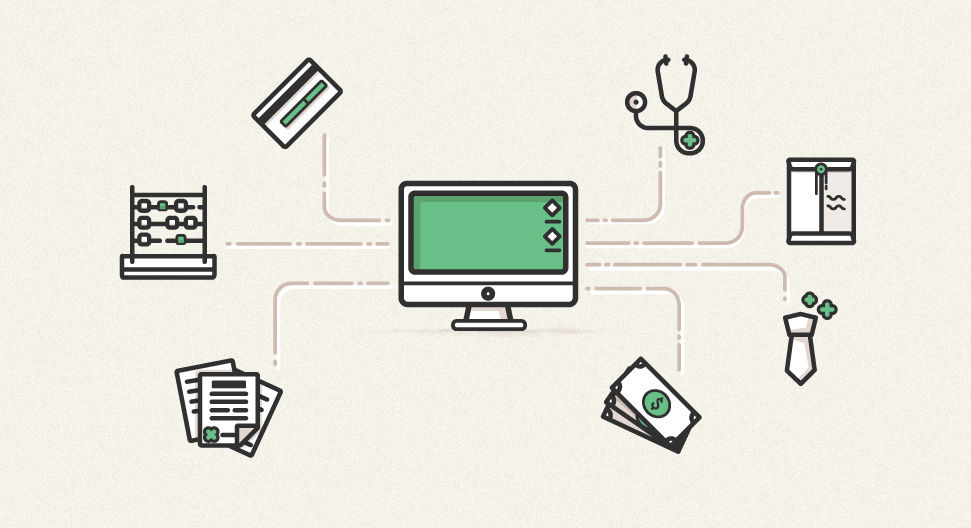Become an insider!
Get our latest payroll and small business articles sent straight to your inbox.
Everyone understands that T4 reporting applies on a cash basis, based on actual pay dates. For example, a bi-weekly pay period may cover work between December 14 and 27, 2013, but the pay day for that work may fall on January 2, 2014. Because the pay day falls in 2014, source deductions and reporting are based on the rules that apply for 2014, meaning any earnings for that pay period are reported on a T4 for the 2014 tax year.
The same applies to off-cycle or irregular payments. For example, commissions earned on sales made in the final quarter of 2013 or retroactive salary increases, effective back to November 1, 2013, may be paid by the employer on January 31, 2014. Since the actual payment date falls in 2014, both are taxable income in 2014 for source deduction and reporting purposes.
However, there may be situations where the break between tax years may not be as clear.
For instance, how does this ‘cash basis’ rule apply to taxable benefits? If an employee is entitled to group term life insurance coverage, effective November 1, 2013, but the carrier bills the employer for this on a retroactive basis in February 2014, which tax year is affected?
The rule is that taxable benefits are taxable when they are received or enjoyed. However, the trick is that what’s ‘received or enjoyed’, in other words, what triggers a taxable benefit, isn’t the same in all cases. Instead, one of 3 basic rules applies:
- A benefit may be ‘received or enjoyed’ when coverage is provided (the group term life insurance above);
- A benefit may be ‘received or enjoyed’ when employees are paid benefits under this coverage (periodic wage loss replacement benefits, partly or wholly employer paid); or
- A benefit may be ‘received or enjoyed’ when the employer pays its share of premiums or contributions (employer-paid contributions to an employee group RRSP).
In other words, you have to know the trigger specific to each taxable benefit, before these can be allocated to the correct tax year.
So far we have looked at situations where wages or benefits increase taxable income across tax years. But there are two other possibilities:
- An earning or benefit amount may be reduced retroactively; or
- A deduction, that lowers taxable income, may be increased retroactively.
It’s not very often that employee gross wages would be reduced retroactively, but it does sometimes happen. In organizations with more than one BN, this may happen when employees are transferred between BNs on a retroactive basis. For example, an employee was transferred between BNs on November 1, 2013, but this transfer wasn’t recorded in payroll until February 1, 2014. The effect is to reduce gross taxable income in the old BN and increase it in the new BN. The reduction in the old BN applies to the 2013 tax year, lowering the T4-reportable income in that BN for 2013. Meanwhile, the corresponding transfer into to the new BN is only taxable in 2014. The result is that taxable income has been shifted out of 2013 and into 2014, distorting the employee earnings reported in these tax years. If you find yourself in this situation, it would be better to either bring the effective date of the transfer forward into 2014 or directly transfer the related labour costs between the two different BNs through your accounting system, rather than as a retroactive payroll adjustment.
There are a series of deductions that employers must use to lower income tax withholdings. These include employee RCA, RPP and RRSP contributions, as well as union dues, child support payments, made under agreements or orders dated prior to May 1, 1997, and all spousal support payments.
RRSP and RPP deductions are typically tied to a specific set of earnings. If these earnings are increased retroactively, there is a corresponding increase in the deductions required. For example, an employee’s regular hourly rate is increased in 2014 on a retroactive basis back to October 1, 2013. From that date to year-end, regular hourly wages are increased by $4,000. The employee contributes 4% of regular wages to a group RRSP and these contributions are matched, dollar for dollar by the employer. On $4,000, the RRSP contributions owing are $160, employee and employer.
Which tax years are affected by these retroactive transactions? In all cases, these transactions affect only the 2014 tax year. Since wages are taxable income on a cash basis, the $4,000 retroactive increase in hourly wages is taxed in 2014, using the bonus method, and reportable on a T4 for the 2014 tax year. Since RRSP contributions are allocated to the tax year in which they are made, the $160 in RRSP contributions owing reduce the income tax on the $4,000 bonus itself. Similarly, the matching employer RRSP contribution is reportable as a taxable benefit on the T4 for 2014.
Syndicated content from author Alan McEwen for the Wagepoint Payroll Academy.
Alan McEwen is a Vancouver Island-based HRIS/Payroll consultant and freelance writer with over 20 years’ experience in all aspects of the industry. He can be reached at armcewen@shaw.ca, (250) 228-5280 or visit www.alanrmcewen.com for more information.
![]()











